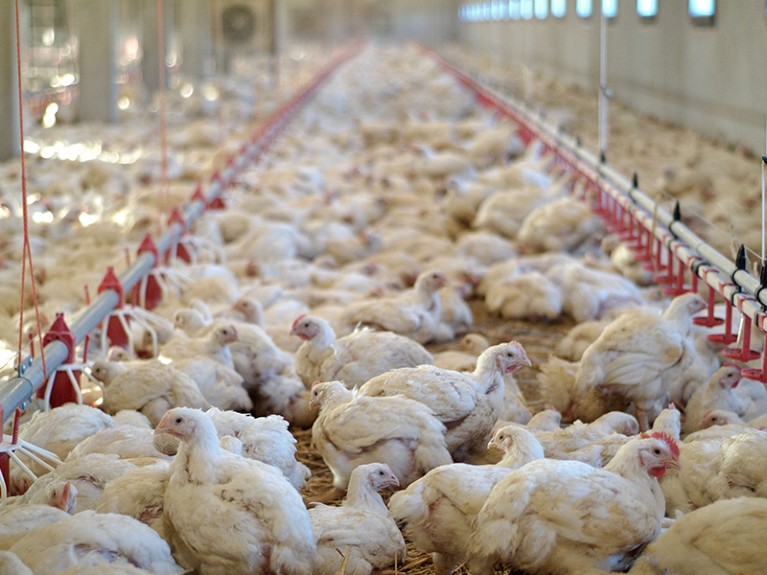
Broiler chickens have been selectively bred to have voracious appetites and to grow rapidly.Credit: Simon Belcher/Alamy
Animal Liberation Now Peter Singer Bodley Head (2023)
My three-year-old son adores animals. He has a farm in his room in which small plastic pigs live in pleasant pastoral surroundings. How can I break it to him? Modern farming is not like this. Pigs and chickens in intensive-farming systems endure conditions no toy manufacturer would dare to reproduce.
Chickens, up to 50,000 to a shed, have been bred over the past 100 or so years to grow at four times their natural rate and to reach three times their natural weight or more, gaining weight so fast that their legs and hearts struggle to support them in the last weeks of their 40-day lives (M. J. Zuidhof et al. Poultry Sci. 93, 2970–2982; 2014). Sows, bred to reach enormous sizes, are confined in farrowing crates to stop them accidentally crushing their piglets. Most of those piglets will have their tails docked: otherwise, in sheds with scant other stimulation, they bite at and maim each other’s tails. Five to six months later, most of them are gassed with carbon dioxide, an extremely unpleasant experience that can take a minute or more.
We know as much as we do about the welfare implications of intensive farming because of the work of scientists and campaigners. Many of them were inspired to enter these areas by Peter Singer’s book Animal Liberation, first published in 1975. It was one of the first books to document the suffering caused to animals in detail, and present it together with strident ethical arguments calling for action. Almost 50 years later, Singer has produced a massively revised and updated edition, Animal Liberation Now. The new material is not all bad news. The book showcases signature achievements of the animal-welfare movement, such as the European Union’s commitment to end all cage farming by 2027 and California’s recent ban on veal crates, gestation crates and battery cages. But it is mostly bad news. Many problems have worsened.
In a long chapter on intensive farming, Singer lets loose a barrage of unconscionable facts. In the case of broiler chickens, selective breeding aimed at optimizing profit rather than welfare has gone too far. It is a global regulatory failure, and to carry on using superfast-growing breeds now that the consequences for animal welfare are so well known is inexcusable. Dutch supermarkets have committed to phasing out their use by the end of 2023; one UK food retailer, Marks & Spencer, did so in 2022. Other producers and retailers should take note.
In this part of the book, ethical commentary takes a back seat to the dispassionate communication of facts. That is a wise choice, because the facts speak for themselves.
Facing the facts
But what can we, as individuals, do about it? As Singer noted in 1975, the most obvious answer is to boycott the products of intensive farming through veganism, vegetarianism or ‘conscientious omnivorism’ (eating only meat from higher-welfare extensive farms). It is sobering, then, to see Singer reflect that “my call for a boycott of meat has been a dismal failure”. In a few places, notably Sweden and Germany, meat consumption has begun to fall in recent years; but in most, demand has only risen in the decades since Animal Liberation, and it is projected to grow further. Singer is acutely aware of the objection that, from a producer’s point of view, a consumer’s behaviour is just noise in the data against a clear trend of rising demand. An individual changing their habits does not send a signal that would force companies to cut supply. So, what is the point?
What humanity should eat to stay healthy and save the planet
Singer has always struggled to reply to this convincingly because he is committed to a way of thinking about ethics that centres on individual actions. I think the right reply is to shift the focus from individual to collective actions. Pushing for systemic change is something we must do together. Our individual contributions will be negligible, but our coordinated action has the power to shift industry norms. Veganism, vegetarianism and conscientious omnivorism, to work at all, must operate as organized social movements, not as isolated individual choices. The goals of such actions should include policy changes, including a reduction in the government subsidies that flow to intensive animal agriculture, not just dietary adjustments.
The climate connection
Later in the book, Singer makes valuable connections between animal welfare and the fight against climate change, an issue that was (by his own admission) not on his radar in 1975. He imagines a critic who retorts: if I eat tofu instead of meat, will I not be contributing to the destruction of the Amazon rainforest? The answer is no: 77% of the world’s soya is fed to animals, with only 7% used for human consumption.
Shifting away from meat is highly recommended on environmental grounds. Yet there are genuine points of conflict, which Singer underplays. Environmental campaigners tend to see reducing beef consumption as their top priority, because the emissions associated with beef production are so great. But they sometimes recommend replacing beef with chicken, potentially further increasing demand for one of the lowest-welfare kinds of farming.
Moreover, there are some rhetorical and philosophical choices that will always limit the book’s appeal. In both editions, Singer rests his arguments on the rejection of ‘speciesism’: a type of discrimination that Singer likens to sexism or racism, but on grounds of species. For Singer, we might differ in how we treat an animal on the grounds of cognitive capacity, but never just because it is a different species. For example, he argues, if you would be willing to kill a pig and harvest its organs to benefit people (if they were human-compatible), you should be willing to do the same to a human infant born without parts of its brain and skull, which has less mental capacity than the pig.
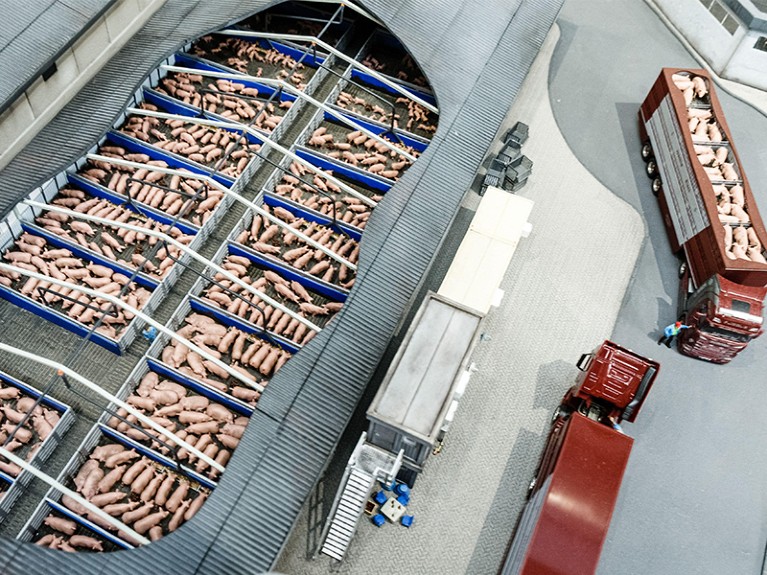
An exhibition at Miniatur Wunderland in Hamburg, Germany, shows the intensive farming of pigs.Credit: dpa picture alliance/Alamy
Singer is a committed utilitarian, advocating solutions that maximize overall well-being: the greatest happiness for the highest number. He thus favours taking organs from both the pig and the infant if the benefits are large enough, relative to any suffering caused. This is a Singer litmus test: some readers will welcome the comparison, most will seethe. Disability-rights campaigners have long found this style of argument exasperating and offensive. The tragedy of Singer’s approach is that two progressive movements that should be allied end up seemingly opposed.
Personally, I find this way of framing the issues unhelpful, and the new edition is a missed opportunity to take a different tack. The analogy with racism and sexism is too weak and fragile a foundation on which to rest arguments for respecting other animals. Ultimately, it is no bad thing to have a medical profession concerned only with humans that adheres to a norm of ‘first, do no harm’. Public trust in medicine relies on this. Even in a utilitarian framework, we can find good reasons for the medical and veterinary professions to have different norms. More fundamentally, I think the focus on speciesism misdiagnoses the source of the problem. Our maltreatment of other animals stems not from speciesism as such, but from failing to respect other animals as sentient beings with lives of their own.
Animal welfare in research
A second questionable choice is to put animal experimentation in the same bracket as intensive farming, portraying it as another manifestation of egregious speciesism. In the case of animal research, the harms and benefits are often balanced much more finely, and Singer’s trenchant style seems less appropriate. Although he is not an absolutist abolitionist — proposing that the benefits can, in principle and in exceedingly rare circumstances, outweigh the harms — the vast majority of animal research is in his crosshairs.
Eat more fish: when switching to seafood helps — and when it doesn’t
Yet an awkward truth is that protecting animal welfare requires an understanding of animal minds and behaviour, and the understanding we have rests substantially on animal research. Singer cites, as an example of scientists crossing ethical boundaries, a study in which prairie voles were imprisoned in small tubes in front of others, inducing “anxiety-like states”. In a recent lecture on “animal emotions and animal rights law” at the University of Cambridge, UK, the primatologist Frans de Waal used the same paper to argue that rodents have empathy, and so have more-complex welfare needs than previously thought (go.nature.com/3qghauc). Was the knowledge worth the harm? Institutions need robust oversight to make sure such questions are asked, but the scales are not as lopsided as Singer suggests.
The book is a reminder that plain, well-sourced facts, starkly presented, often speak louder than philosophical arguments. I recently took my son to Miniatur Wunderland, a vast model railway in Hamburg, Germany. I was surprised to find, in one of the landscapes surrounding the tracks, rows of little sheds in which tiny plastic pigs were being intensively farmed. The model makers have had, it turns out, a long-standing interest in animal welfare. Apparently, they had tried some crude shock tactics, but after facing a backlash, they switched to a more subtle approach: depicting reality in painstaking detail, without comment. It was a powerful exhibit. Perhaps that is how my son’s journey starts. Animal Liberation and Animal Liberation Now owe their undeniable power to the same basic source: to know the facts is to see at once that change is needed.






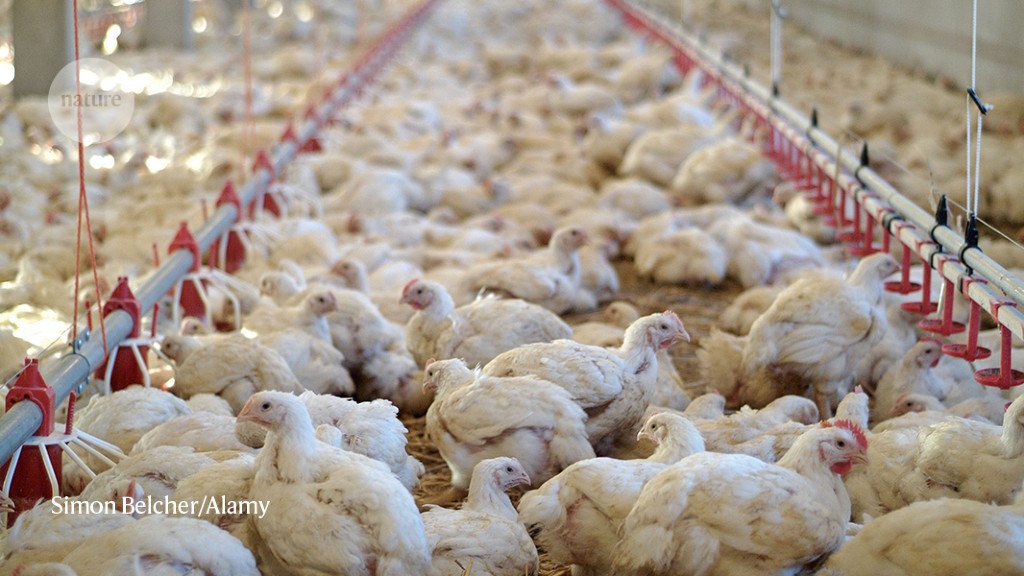
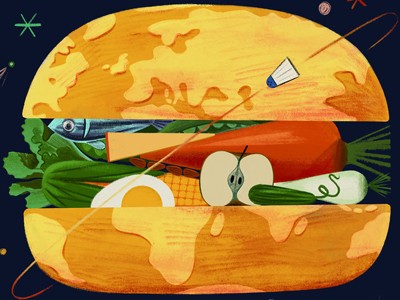
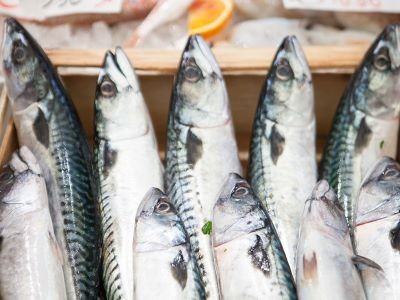
More News
Editorial Expression of Concern: Leptin stimulates fatty-acid oxidation by activating AMP-activated protein kinase – Nature
Quantum control of a cat qubit with bit-flip times exceeding ten seconds – Nature
Venus water loss is dominated by HCO+ dissociative recombination – Nature